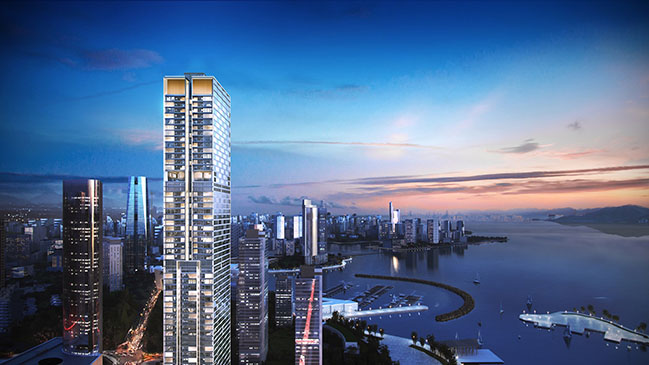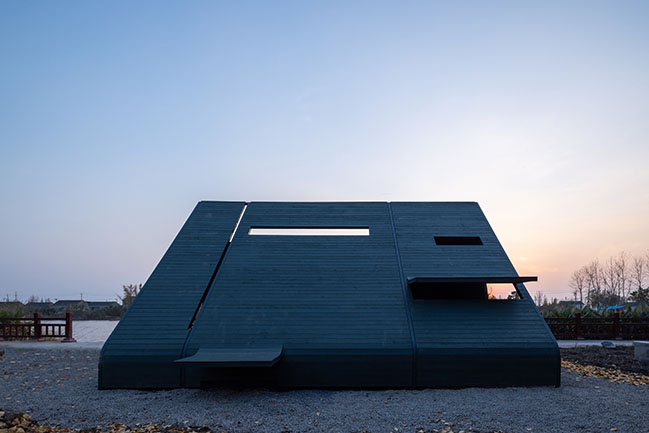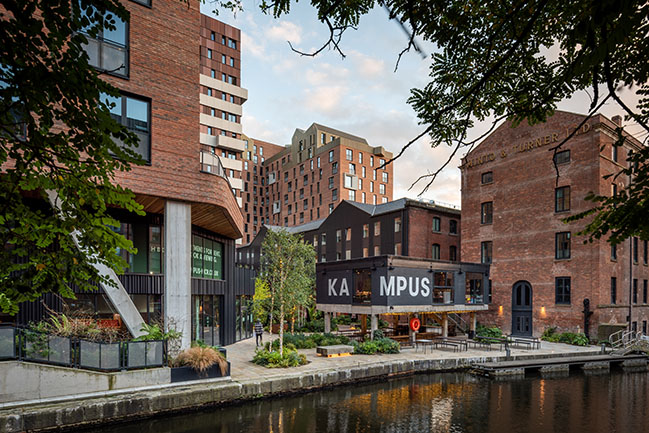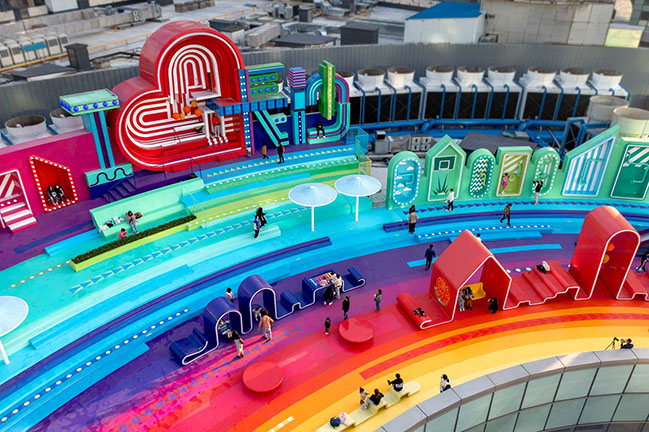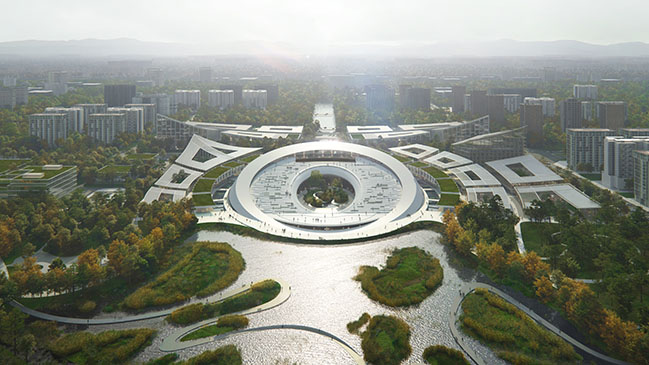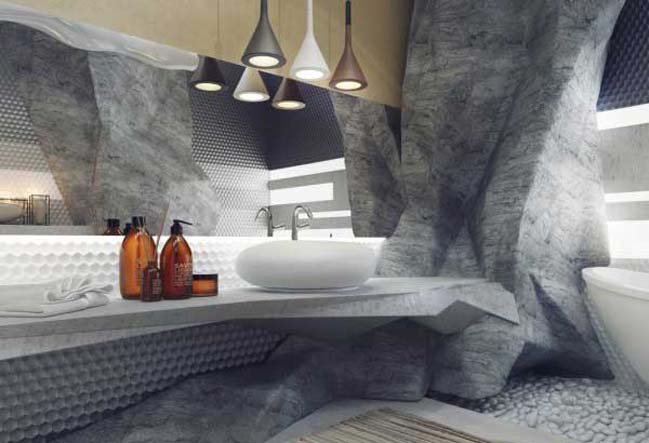12 / 22
2021
Tokiwabashi Tower, a 38-story, 212-meter-high mixed-use building, is the first element of the project to be completed...
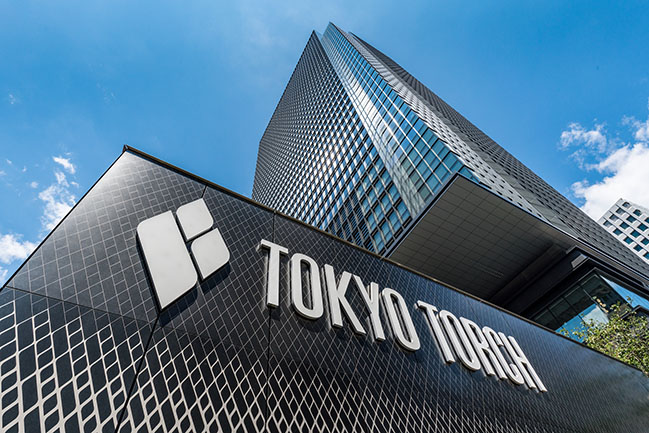
> Toyota Woven City by Bjarke Ingels Group
> Apple Marunouchi creates a restrained presence in the heart of Tokyo
From the architect: Located directly north of Tokyo Station, one of Japan’s largest railway hubs, the Tokyo Torch redevelopment district is envisioned as a light of hope illuminating Japan. The district sits within a National Strategic Special Zone, intended to strengthen Japan’s international economic competitiveness, and will be a new center of finance and business. It will include Torch Tower, projected to be Japan’s tallest building at 390 meters when completed in FY2027; Tokiwabashi Tower; an Electrical Substation Building; a Sewerage & Waterworks Bureau Building; Tokyo Torch Park; and Tokiwabashi Park.
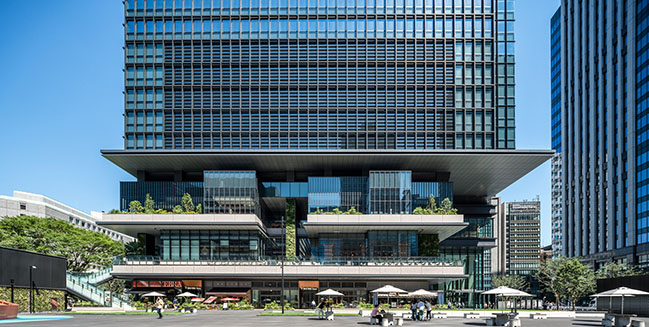
Four existing dilapidated buildings are being demolished and replaced in stages in conjunction with the renewal of urban infrastructure including electrical and water facilities. Tokiwabashi Tower, a 38-story, 212-meter-high mixed-use building, is the first element of the project to be completed.
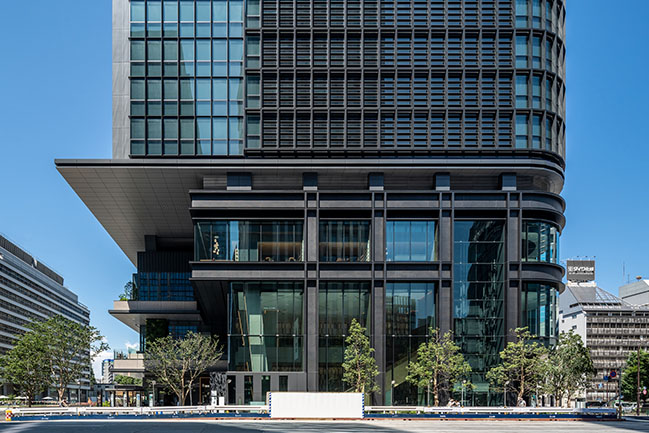
Soaring among the tallest mixed-use buildings around Tokyo Station, Tokiwabashi Tower is a next-generation business center offering quality office space that supports diverse work styles and innovation while providing outstanding environmental and disaster-safety performance.
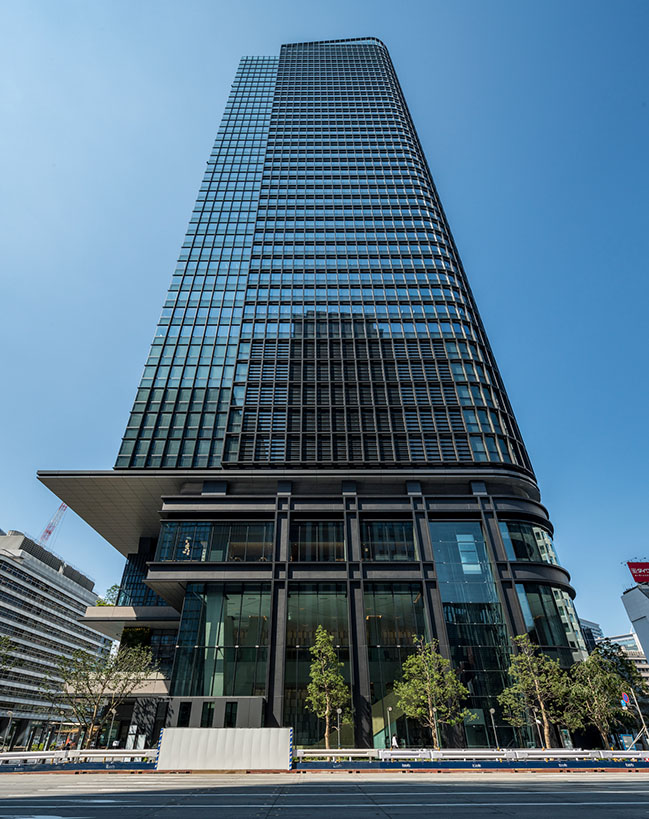
The building’s form suggests a blade cutting open the future, while the upper section is wrapped in a grid that creates depth and shadow—an exterior design fitting for a center of international finance. The grid blocks sunlight much like kigoshi (wooden latticework) and shoji (paper-covered sliding doors) do in traditional Japanese architecture, gently connecting the interior and exterior environments.
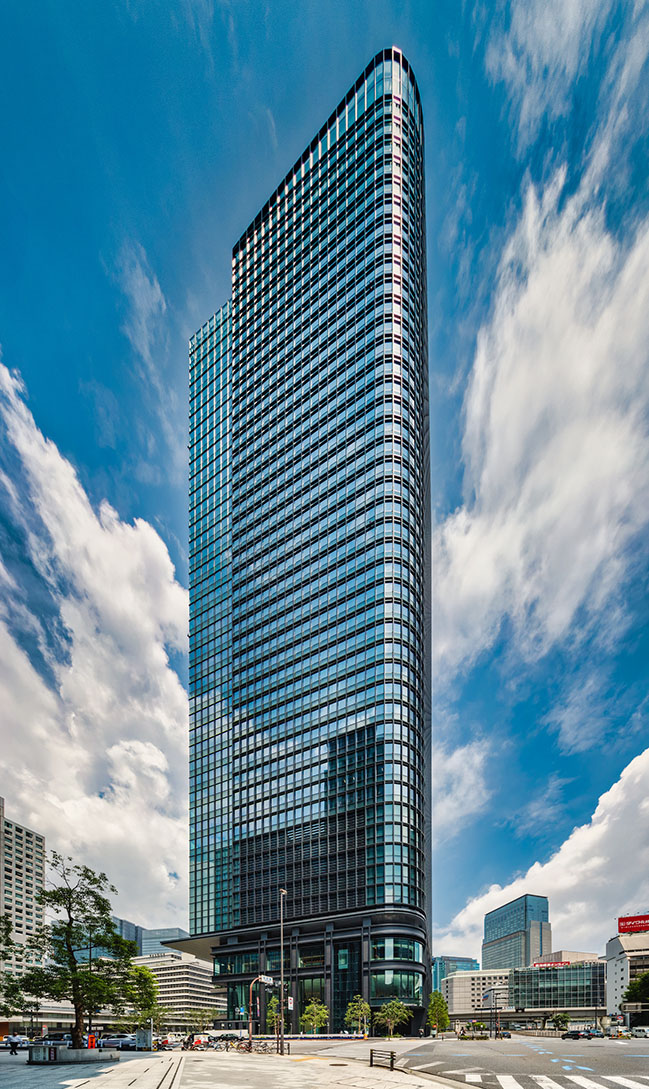
The first underground floor and first two above-ground floors are occupied by restaurants and bars, the third floor is a cafeteria, and the eighth through thirty-seventh floors are offices. The terrazzo walls in the second-floor lobby and on the third, eighth, and ninth floors feature motifs inspired by the walls of Edo Castle and the stonework of Tokiwa Bridge.
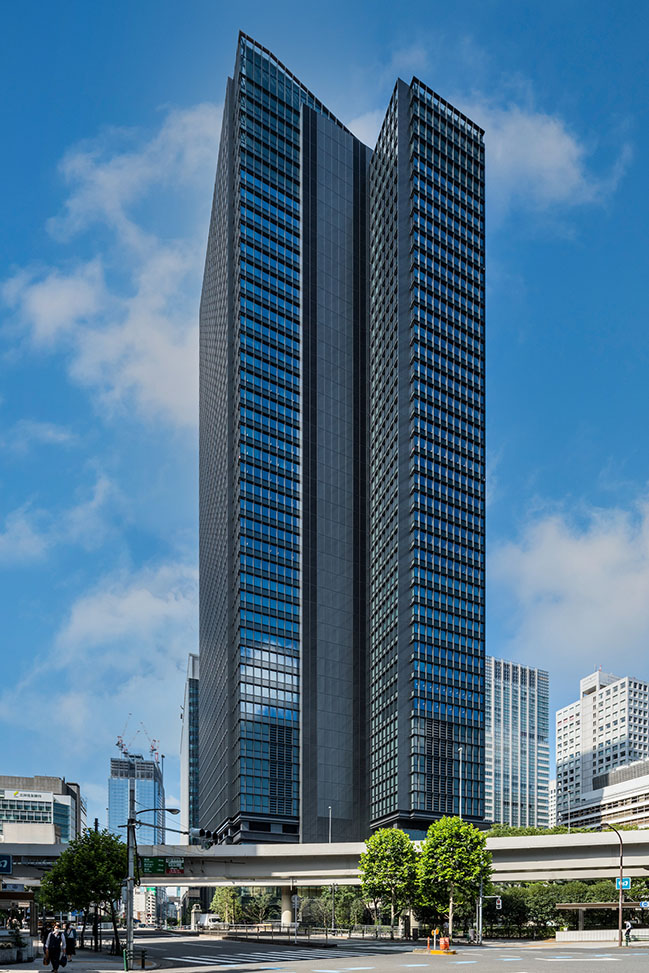
The abundant use of familiar natural materials such as wood and stone, long utilized in Japanese architecture, is intended to enhance productivity and satisfaction among workers. Workers can directly access MY Shokudo, the cafeteria and lounge on the third floor, from any office floor. While this facility primarily serves employees in the building, there is also an event hall with a kitchen to encourage interaction, and at night the facility can be used by people who live in the neighborhood.
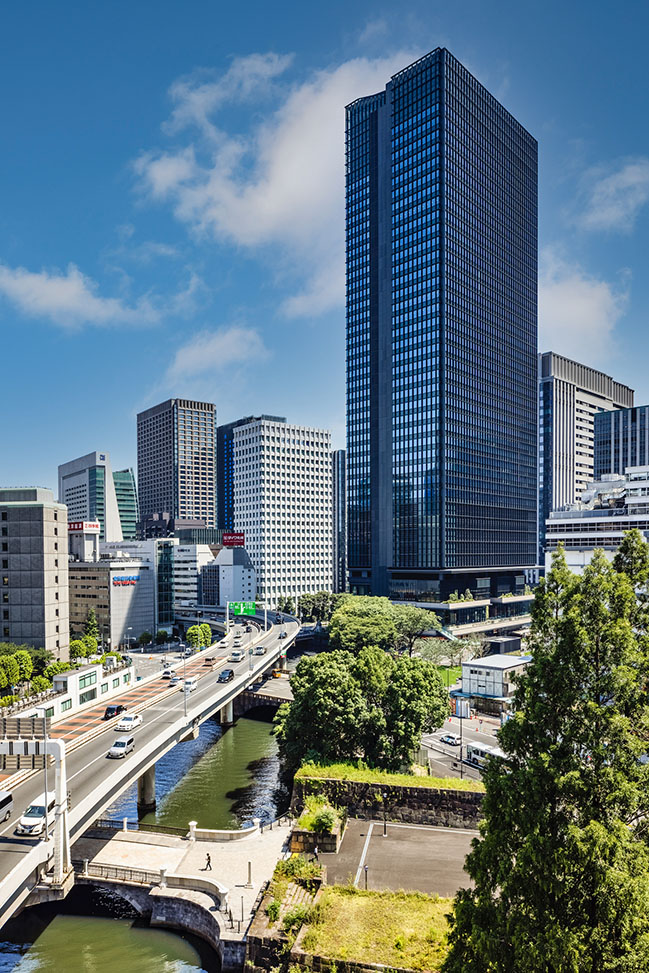
A Structural Design that Puts Safety First
The building site for Tokiwabashi Tower is among the smallest and most irregularly shaped lots of the entire redevelopment district, hemmed in by the Nihombashi River, a high-speed underground highway, and an electrical substation. To ensure that the tower is competitive with other large-scale office buildings, it was necessary to expand the floor plate on the upper levels. Starting on the eighth floor, floor area is expanded by angling the structural pillars to overhang the lower floors. The appropriate placement of dampers and braces ensures that the building remains safe in the event of earthquakes and typhoons, which are common in Japan.
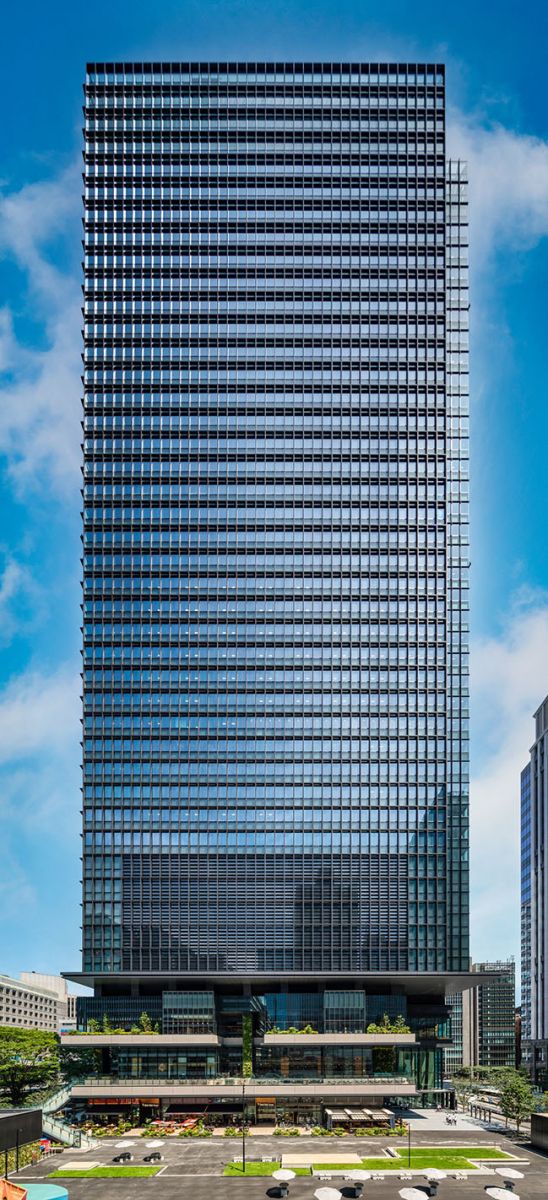
Artwork In the Colors of Japanese Culture
To support young artists, the interior of Tokiwabashi Tower features eighteen contemporary works by artists at the cutting edge of the art world, primarily from Japan and the rest of Asia. These works, curated to reflect the vibrant color themes of Japanese festivals and kabuki theatre, thrill the senses of visitors and add excitement to the building’s interior.
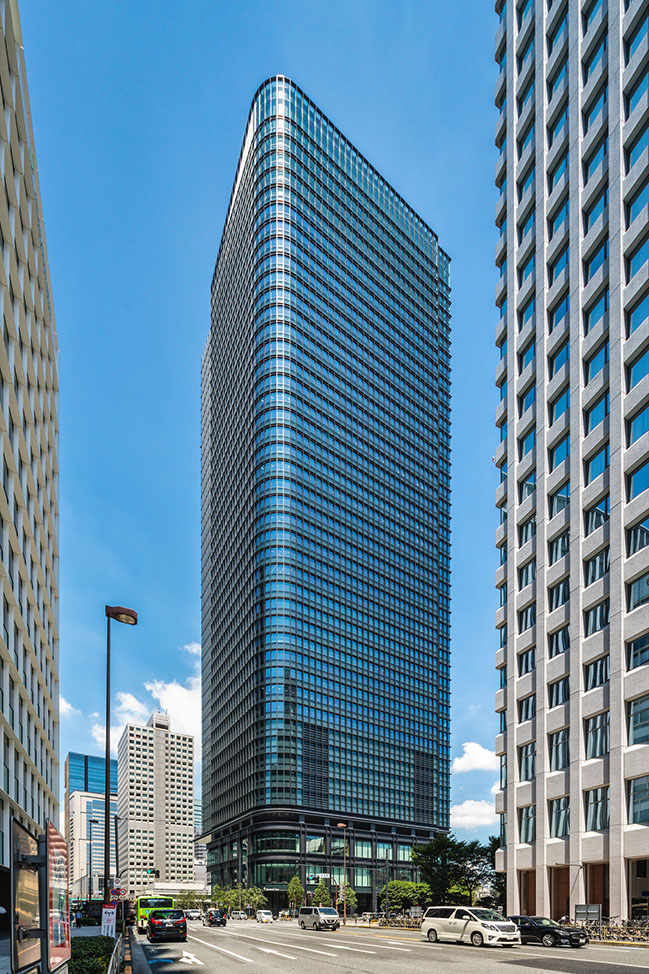
TOKYO TORCH Park
At the center of the redevelopment district (including Tokiwabashi Tower and the buildings that will be completed in coming years) is a large plaza measuring about 7,000 square meters, available for both everyday use and special events such as concerts, sports, and markets. The plaza also showcases specialty products from throughout Japan, from the colored koi fish in the pond and the grass planted on the ground to the landscaping plants, providing an opportunity for international visitors to learn about the Japan beyond Tokyo.
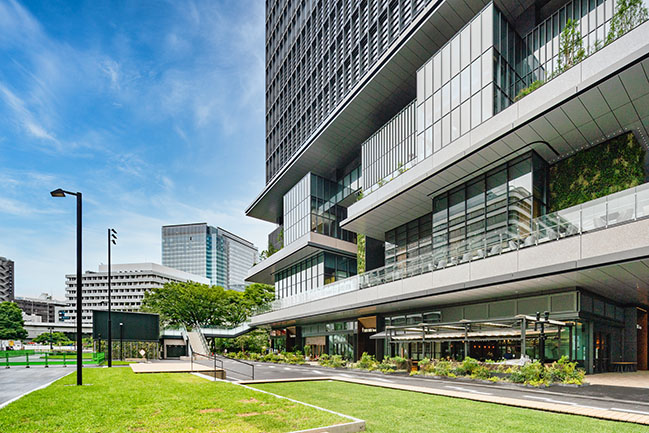
Facing this plaza are Tokiwabashi Tower’s three floors of restaurants with adjoining terraces, offering a pleasant space for enjoy outdoor eating that is useful in the era of Covid-19. At night, the glassed-in interiors float like lanterns, creating a scene evocative of an ukiyoe woodblock print. By intentionally developing the base of the tower in this way, the project continues an urban history and culture dating to the Edo period (1603–1868) of welcoming a diversity of activities by people working, eating, visiting from abroad, and taking family outings, thus adding to the energy of the city. Future stages of the project will build on this foundation with the Water & Sewerage Bureau Building, the Electrical Substation Building, and the Torch Tower.

Architect: Mitsubishi Jisho Sekkei
Owner / Developer: Mitsubishi Estate Co., Ltd.
Location: 2-6-4, Otemachi, Chiyoda-ku, Tokyo, Japan
Year: 2021
Site Area: 5455.97 sqm
Building Area: 4037.15 sqm
Total Floor Area: 146,082.93 sqm
Height: 212 m
Interior Architects / Designers: Mitsubishi Jisho Sekkei Inc., Takuya Takahashi Architects, MEC Design International Corp., spinoff co.,ltd.
Structural Engineers: Mitsubishi Jisho Sekkei Inc.
MEP Engineers: Mitsubishi Jisho Sekkei Inc.
Project Managers: Mitsubishi Jisho Sekkei Inc.
Main Contractors: Toda Corporation
Lighting Design: sola associates
Photography: Kawasumi Kobayashi Kenji Photograph Office
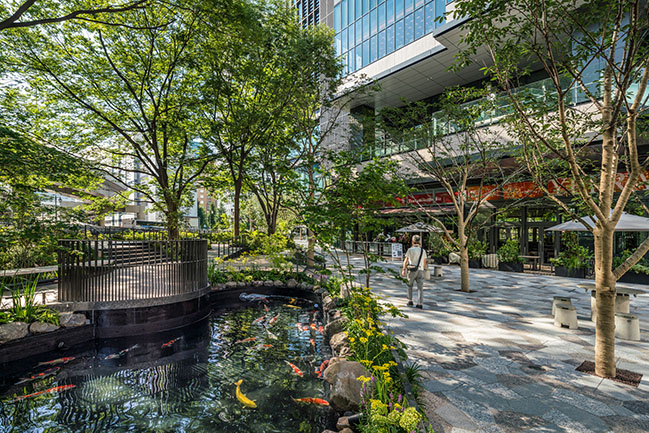
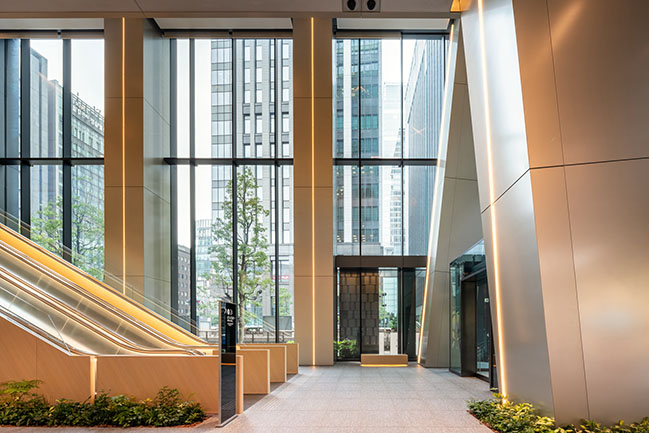

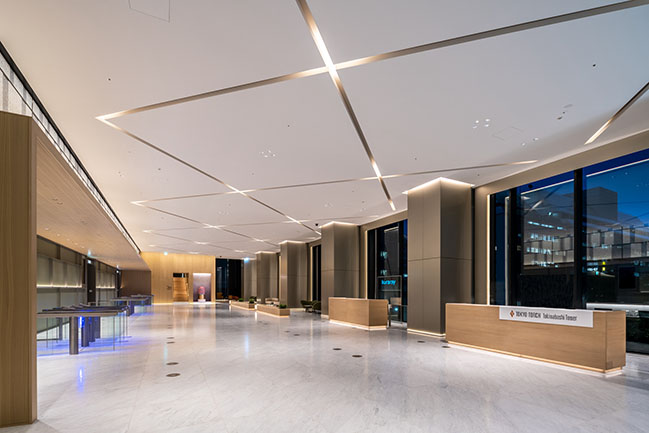
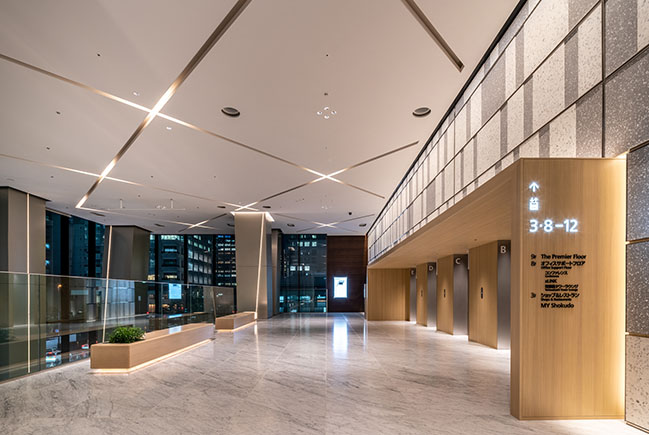
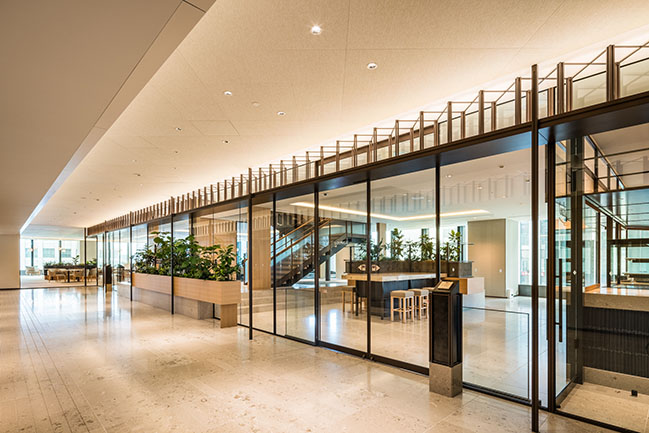
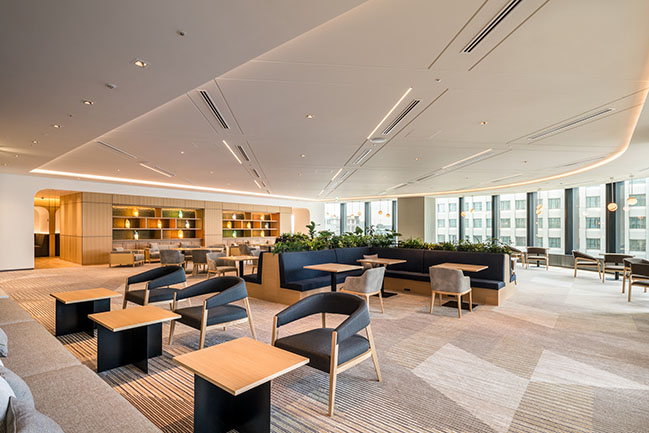
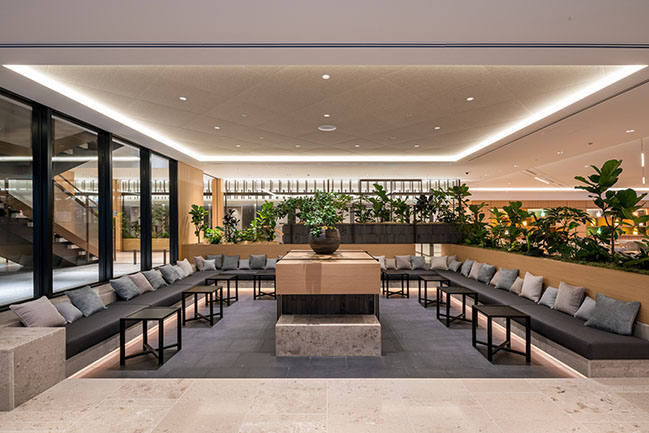
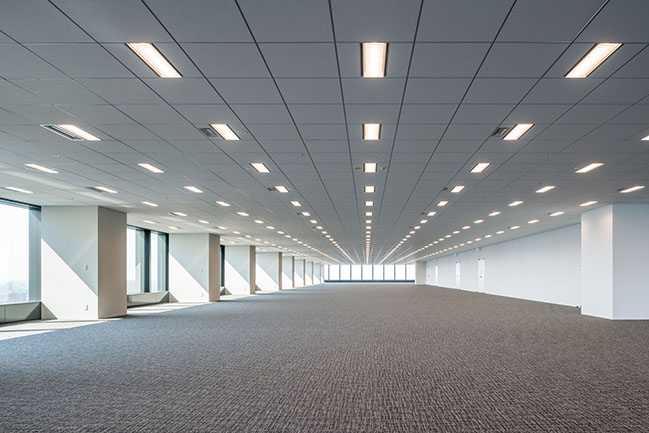
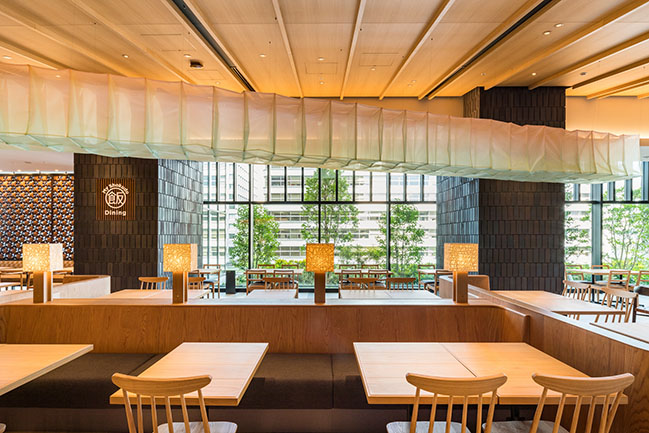
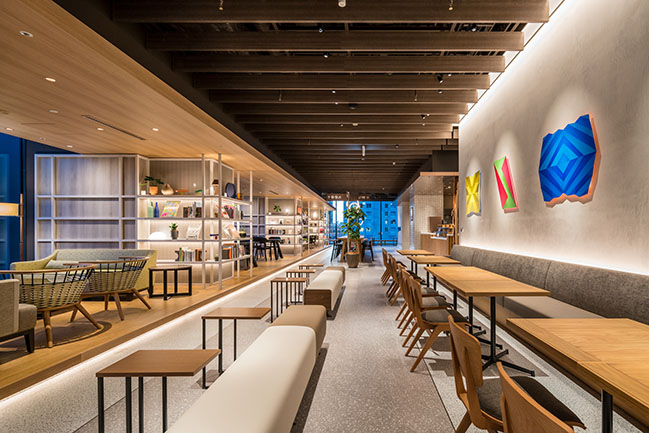
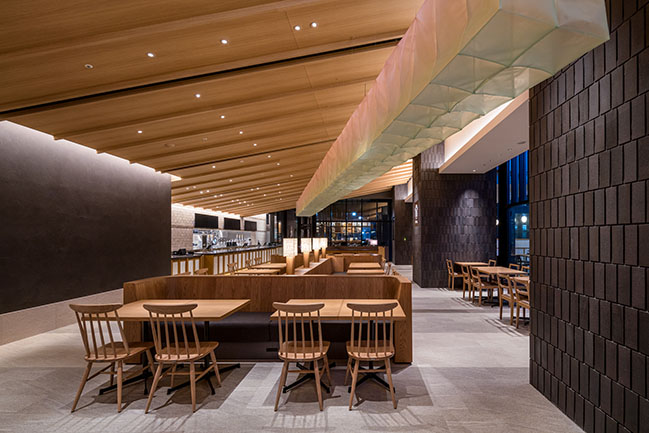
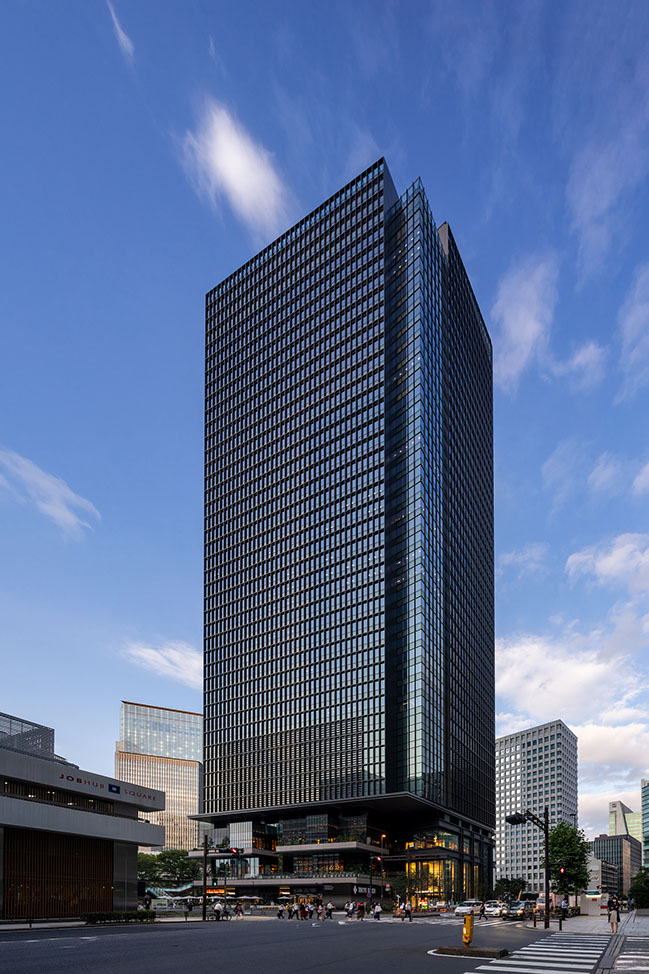
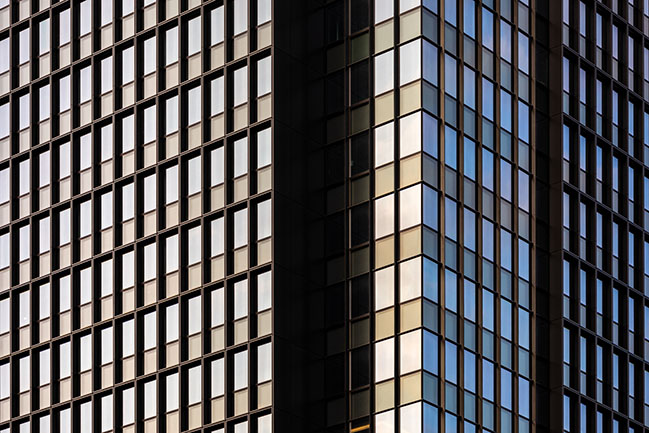
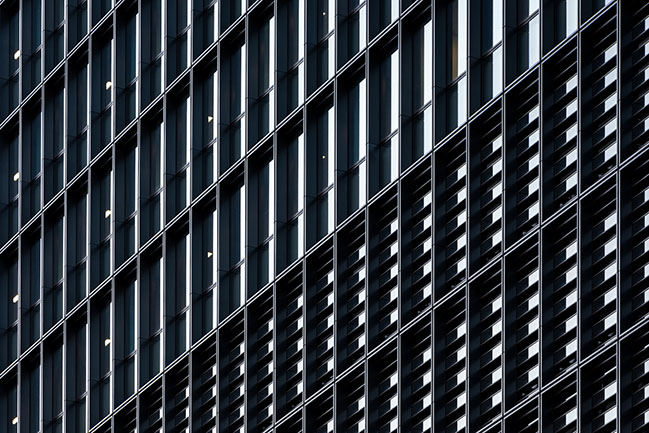
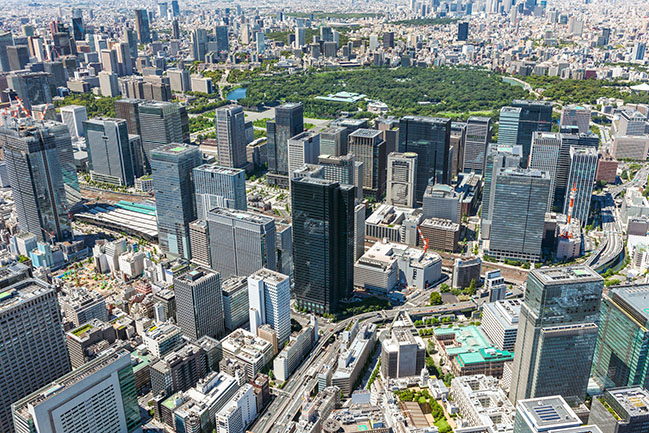
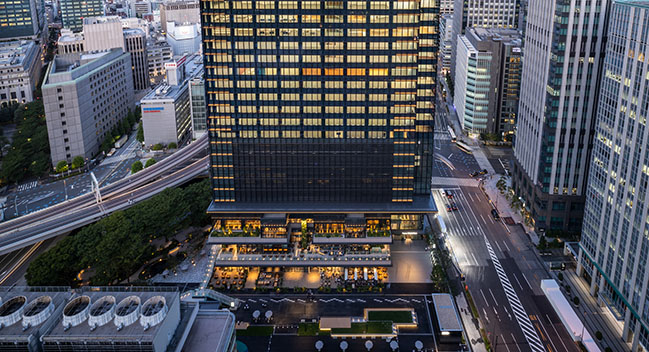
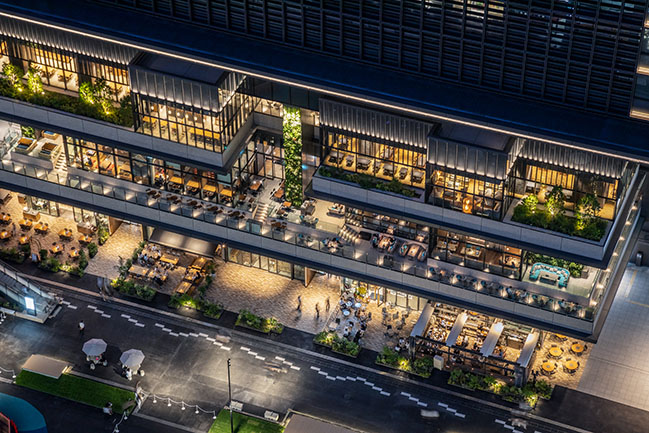
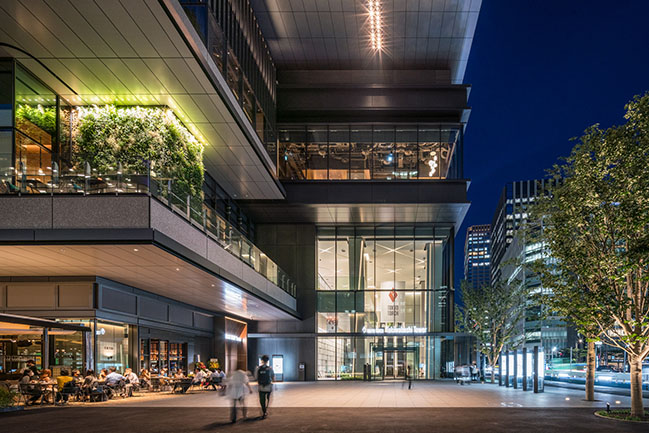
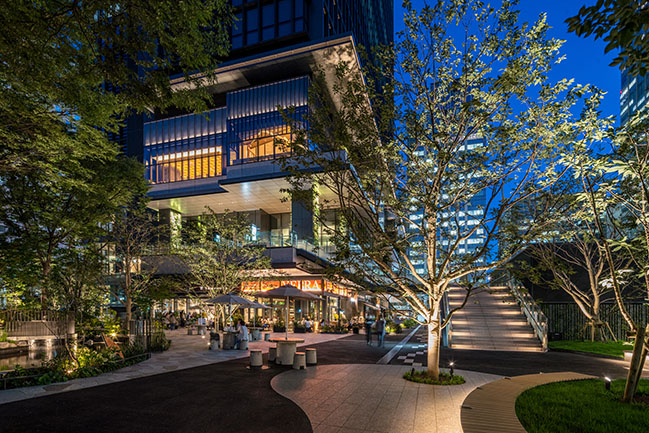
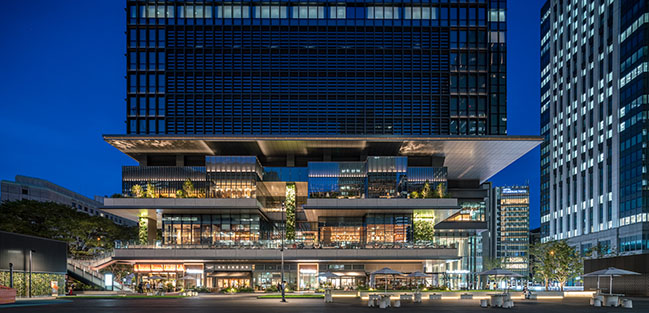
TOKYO TORCH Tokiwabashi Tower by Mitsubishi Jisho Sekkei
12 / 22 / 2021 Tokiwabashi Tower, a 38-story, 212-meter-high mixed-use building, is the first element of the project to be completed...
You might also like:
Recommended post: Luxury bathroom design inspired by rock cave
